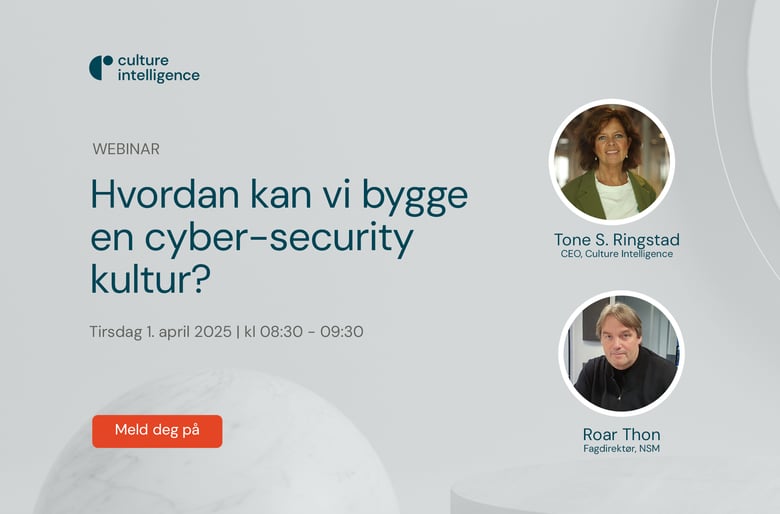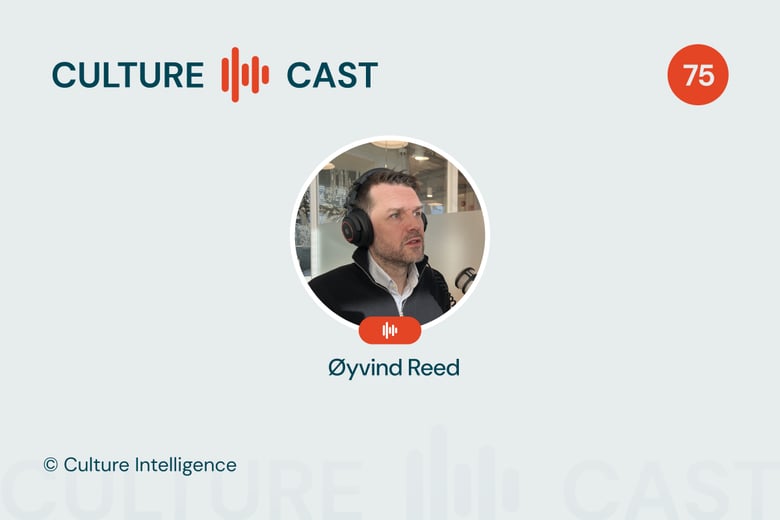In this scenario, the need to be tapping the innovative minds, lead in new ways and engage people to work in agile solutions relevant for their organisation are already present. Businesses with a capability to develop their human capital will be the survivors. The need to create new solutions, platforms and processes to find solutions in the digital age will not only depend on the digital. The people involved will be the breaking point.
Culture has a deep impact on business performance. Culture is defined as the sum of the values priorities that people in the organisation have. If everyone believe it is important to be responsible, responsibility will be part of the culture. If everyone believe it is important to follow tradition, change will be more challenging. If a large majority believe in openness and flexibility, the culture will be open to change. What your culture actually consists of, will determine the organisations readiness for meeting the challenges in the digital age. The recurring problem is that significant but undefined gaps between actual culture and aspired culture block innovation and alignment in many organizations. Eliminating the cultural gaps will increase speed of implementation of strategy, support leadership effectivity, resulting in business performance and growth. Here are the four parts we have experienced to be useful in cultural transformation:
Awareness
A culture strategy project will naturally start by looking at your pain points. What is is in the business strategy that does not get done in the organisation? What are the barriers between your great innovation project and the implementation to everyday life? Why does not the digitalization of your work processes result in cost savings and more efficient operation, as planned? Chances are that there are people involved in the answers, and it has to do with your culture. The awareness of what another culture content would do for you is the starting point for rigging a culture project.
Actual
In your approach to an improved culture, you need to know where to start. As in any othe change project, having a solid understanding of starting point is the best position to set the path for what your culture strategy needs to include. Culture mapping is the process of collecting, processing and presenting cultural data from the people involved. In the process, they are asked to do prioritization between values driven actions, and their decisions score on a values map.
Your actual culture map will be the focus in understanding what kind of values people have prioritized, the discussion thereafter will be about why, and why not something else?
Aspired
What you liked and did not like in your actual culture map is a good reflection of what needs to be changed. Your business strategy, brand position, sales ambition, innovation needs or people surveys are the next sources for clarifying what an optimal culture would be for you.
To design the aspired culture is a creative and engaging process where people will take ownership in what needs to happen. The cultural gap will be identified. Leaders will experience the needs to do things differently. You will also once and for all be able to shut down the “do nothing” option, as people involved are starting to see the difference between actual and aspired culture and recognize the cultural gap in their own work.
Action
Closing the cultural gap with well -designed actions calls on strategic leaders and professional HR teams. To fill the gap with the right actions, at the right time by the right people in the organisation is the most strategic part of an HR strategy, and leans heavily on ownership to the project and personal cultural insight. To ask people to reprioritize their values is a tall order, but the only way a culture will change.
The hard core of business in the future is soft. Not because it needs to be dealt with in a soft way. But because it deals with the relational part of the business, where values, attitudes, beliefs and behaviour are. This part has traditionally not been easy to quantify and hereby manage. That is no longer the case, and solid digital insight in the soft side of business will increase the opportunities for hard work through the cultural gaps.
Culturengine is a digital platform for culture capital, designed to collect, process and present culture data. The applications are in areas as business development, cultural transformation and recruiting. Consciously designed cultures also correlate with people engagement, strong brands and great places to work.



